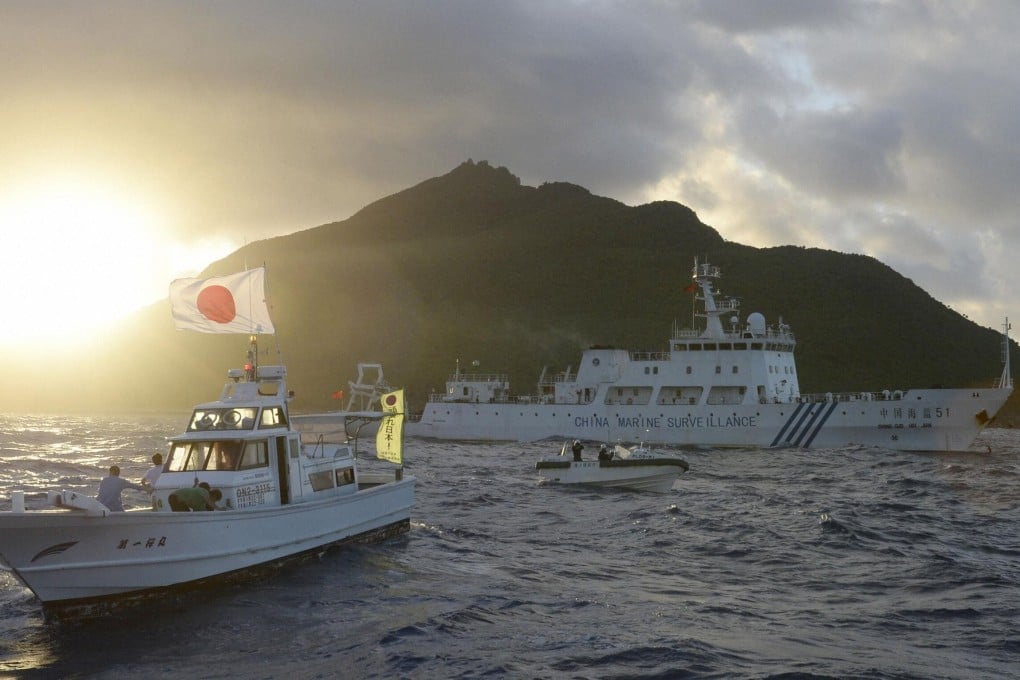Opinion | East China Sea: how China and Japan can begin to resolve the Diaoyu Islands dispute
- Japan should acknowledge there is a legitimate sovereignty dispute and that the features cannot be used as a basis for exclusive economic zone or continental shelf claims
- In exchange, China could tacitly accept Japan’s temporary administration of the features

China’s (and Taiwan’s) position is that the Diaoyus have been part of Chinese territory since at least 1534. China argues that Japan seized the features by force during the first Sino-Japanese War that ended with the imposition on China of the unequal Treaty of Shimonoseki.
It asserts that the Potsdam Declaration that Japan accepted as part of the San Francisco Peace Treaty ending World War II required Tokyo to relinquish control of Taiwan, and that these features are part of Taiwan, which is part of China.
But the US took control of them and in 1971 transferred their administration to Japan under the Okinawa Reversion Agreement. Nevertheless, the US recognises that there is a sovereignty dispute over the features.

01:56
Diaoyu-Senkaku islands spat deepens as Japan warns China over coastguard ships in East China Sea
China formally protested against the transfer on the basis that the features did not belong to the US in the first place. Despite this slight on the sovereignty of the newly established People’s Republic of China, the country showed restraint and more or less accepted the status quo – provided that Japan did not interfere with its fishing boats outside the 12-nautical-mile territorial sea.
